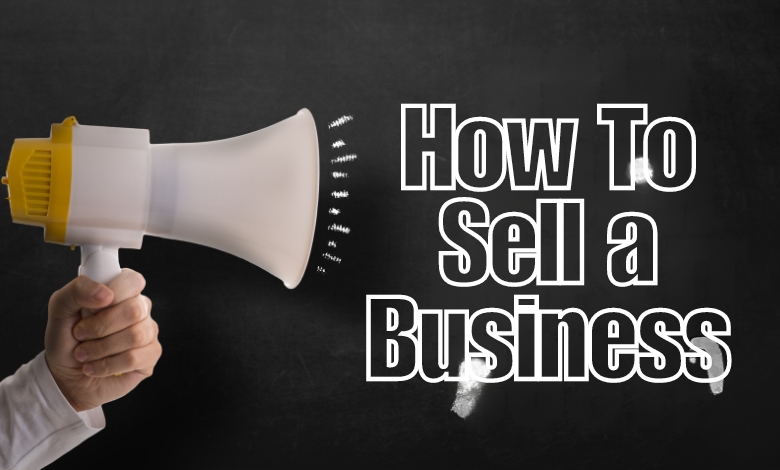Discover key business valuation methods for selling a business, including DCF, market, book value, earnings, CCA, and revenue multiple.
I had a weird mix of excitement and anxiety when I sold my first business—a tiny digital venture I had grown from the bottom up.
Though there were many difficulties on the road from conception to departure, maybe the most difficult obstacle was figuring out the acceptable value of what I had laboriously created.
Sitting in that negotiating room, I came to see that business valuation is more of an art than a science.
Early on, overwhelmed by the complex computations and market studies, I would find myself second-guessing my choices.
But every encounter sharpened my knowledge of several valuation techniques and their uses, therefore improving my ability to evaluate business value.
This first trip, then my participation in several more acquisitions and mergers, let me realize the great relevance of using the appropriate valuation technique.
It’s about knowing market trends, future earning potentials, and even the subtleties of buyer expectations, not only about the figures.
By means of these encounters, I have acquired priceless insights that I wish I had known from the beginning.
This article seeks to clarify the most successful valuation techniques so you avoid blindly negotiating this difficult process as I once did.
Whether your experience is that of a seasoned entrepreneur or a first-time seller, these techniques will enable you to maximize the value of your business and close a profitable sale.
Let us delve right in.
Article Breakdown
What is the Deal with Business Valuation?

One should know what business valuation means before we explore the techniques.
The idea of business valuation seemed intimidating when I initially thought about selling my little business. “How do I even begin to value something I have poured my heart and soul into?” I wondered.
If you find yourself in the same boat, realize that this is a normal emotion and that there are disciplined ways to help you through.
Business valuation is the process of figuring a business economic worth. This entails evaluating several factors, including assets, business selling, market posture, and future development possibility. It is basically about realizing the value of your business.
Why Do You Care?
1) Valuing Assets
Asset-based valuation was quite important to me when I sold my first business—a green retail store. Our investments in environmentally friendly fittings and fixtures had been rather valuable.
But I first missed some responsibilities, including unpaid pending supplier bills, which my accountant kindly reminded me to include. This exhaustive method guaranteed a more accurate appraisal.
Among the easiest techniques is asset-based appraisal. It entails computing a business’s assets’ total value then removing its liabilities. Assets could be anything from real estate and intellectual property to tools and supplies.
Steps to Use Asset-Based Valuation:
2) Earnings Multiplier
One buddy of mine sold a digital marketing agency and applied the earnings multiplier approach. His business made regular earnings, which qualified it for this kind of approach. He determined a reasonable value by averaging the multiplier for companies in his sector. His background helped me to understand the need for industry standards.
The ability of the business to make profit is the main emphasis of the profits multiplier technique. Estimating the value depending on post-tax income it employs a multiplier. The type of the business, the state of the market, and the perceived risk affect the multiplier.
Steps to Use Earnings Multiplier:
3) Discounted Cash Flow (DCF) Analysis
When considering selling my second business—a subscription box service—DCF analysis proved to be quite perceptive. Future cash flow projection allowed me to appreciate the long-term worth of consistent income. Though thorough financial modeling was needed, the clarity it offered was well worth the work.
A more sophisticated technique called DCF analysis estimates future cash flows and discounts them to present value. This method fits companies with consistent cash flows since it takes time worth of money into account.
Steps to Use DCF Analysis:
4) Market Valuation
For my small business, I looked through recent sales of comparable companies for hours. For advice, I spoke with a local business broker; it was quite helpful. This approach gave me a reality check against my starting assessment of value.
Market valuation puts your business in line with other companies lately sold in the same sector. It’s like how real estate brokers price a house using properties.
Steps to Use Market Valuation:
5) Book Value
Because of large machinery and inventory investments, a manufacturing industry colleague relied on book value. Although this approach worked for him, he observed it neglected the goodwill his brand had developed over years. This emphasizes the need of giving appraisal everything due attention including all the elements.
Calculated from the business’s balance sheet—more especially, the difference between total assets and total liabilities—is book value. Although it’s commonly utilized in asset-heavy companies, it can not adequately represent the value of intangible assets.
Steps to Use Book Value:
6) Comparable business Analysis (CCA)
I helped a buddy assess her IT startup once. We benchmarked using CCA versus bigger, publicly traded technology companies. Although it demanded more advanced analytical methods, it provided insightful analysis of how investors could see the worth of her business.
CCA is a comparison of your business with publicly traded companies within the same sector. Often utilized by investment bankers and financial analysts, this approach calls for access to financial data of like-minded businesses.
Steps to Use CCA:
7) Revenue Multiple
During my travels consulting several startups, I have noticed the multiple revenue sources often used. One startup I worked with had narrow margins but amazing revenue growth. This approach helped emphasize their growth potential, which was absolutely essential for drawing new customers.
Applying an industry-specific multiple, the revenue multiple method rates a business based on its revenue. High-growth businesses with large revenue but reduced profitability especially find it helpful.
Steps to Use Revenue Multiple:
Wrapping Up
I see how every one of us has particular advantages and uses. From the earnings multiplier and DCF study to market valuation, book value, CCA, and revenue multiple, these techniques have shown me the need of adjusting to the features of my business and market environment. Whether emphasizing income, assets, or profitability, every approach gave insightful analysis that helped me to have a whole view of the value of my business. These methods helped me to appreciate the complexity of business finance as well as to provide correct values.
Frequently Asked Questions (FAQs)
1) How to Sell Your Business?
Preparing financial documentation, appraising your business, locating possible purchasers, negotiating terms, and closing the transaction are numerous phases of selling your business. Every step calls for considerable preparation and usually professional support.
2) How to Sell Your Business Fast?
Make sure your business appeals to buyers, simplify processes, compile all required records, and think about working with a business broker if you want it sold fast. Pricing your business competitively also facilitates the process speed.
3) How to Approach a Competitor to Sell Your Business?
Dealing with a competition calls for grace. Research whether they are ready to buy first. Then, under confidentiality, ask them about their interest and stress possible synergies and mutual benefits.
4) How to Sell Your Business to an Investor?
Selling to an investor usually requires proving the scalability and potential for expansion of your business. Create thorough financial forecasts, underline special value propositions, and be ready to bargain for conditions fit for both sides.
5) How to Make Your Business Attractive to Sell?
Improving the appeal of your business depends on better financial performance, operation simplification, income stream diversification, and meticulous record keeping. A business that is presented well is more likely to draw in major business.
6) How to Determine the Value of Your Business to Sell?
Finding the value of your business calls for selecting the suitable valuation technique, compiling pertinent financial information, and maybe contacting experts such as accountants or business consultants. Negotiations that go well depend on accurate valuation.



